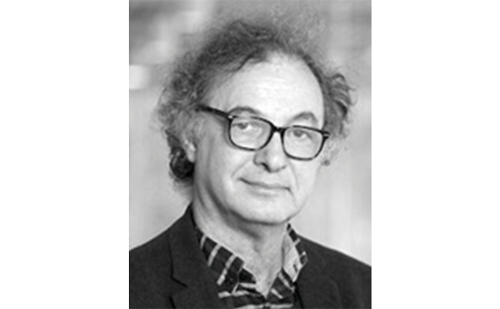Search Results
Showing Results for Acute ischaemic stroke

Emerging data at EAN 2025 reveals key innovations across multiple neurological disease areas. In this article, you will learn:
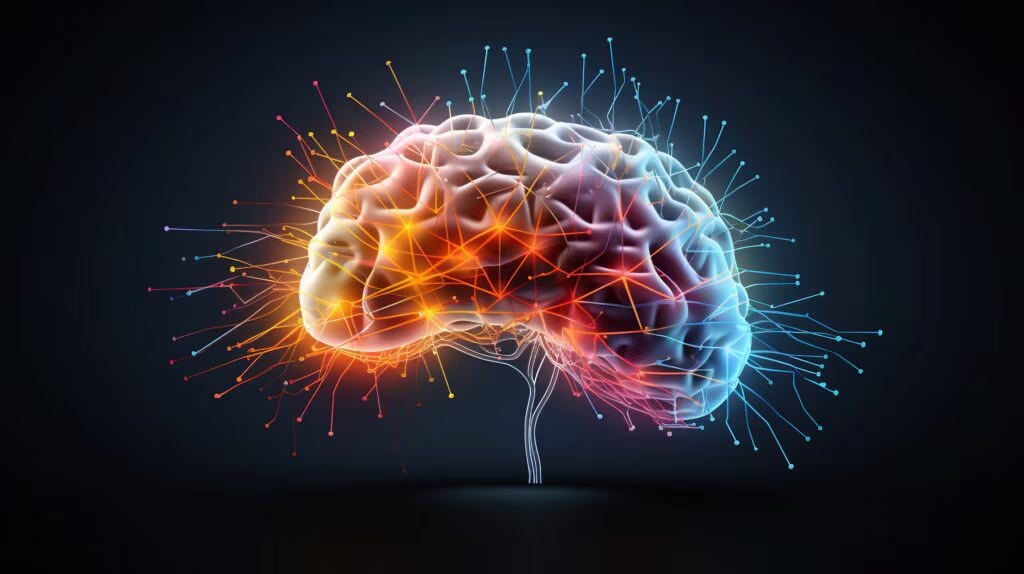
The FDA has approved tenecteplase (TNKase) for the treatment of acute ischemic stroke (AIS) in adults, marking the first new stroke-specific thrombolytic approval in nearly three decades. Administered as a single five-second intravenous bolus, tenecteplase allows for faster administration compared to the current standard of care alteplase, which is administered as a bolus-plus-infusion regimen.

Seizures are one of the most frequent neurological disorders in neonates − the incidence of seizures in infants born at term is 1–3 per 1,000 live births, and is even higher in both preterm and very-low-birth-weight infants at 1–13 per 1,000 live births.1 Seizures may ...
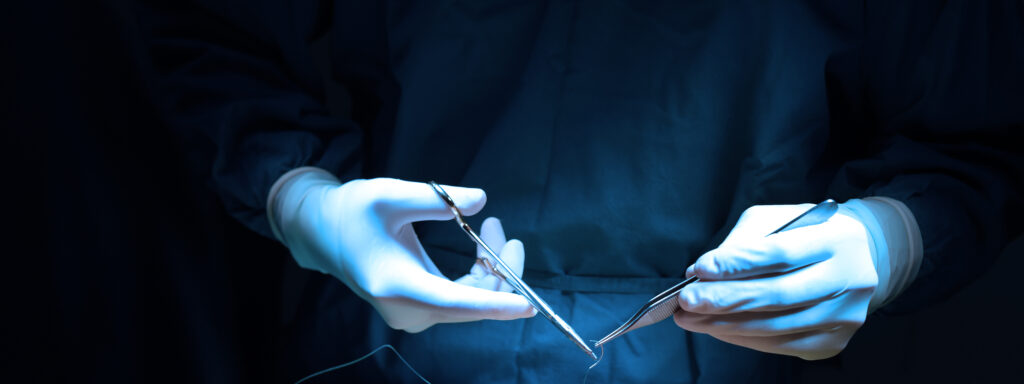
Article highlights Multiple screening tests are available to screen patients for cognitive impairment, and the Confusion Assessment Method is a helpful test to screen for delirium in the immediate postoperative period. Medicine reconciliation and identification and removal of potentially inappropriate ...
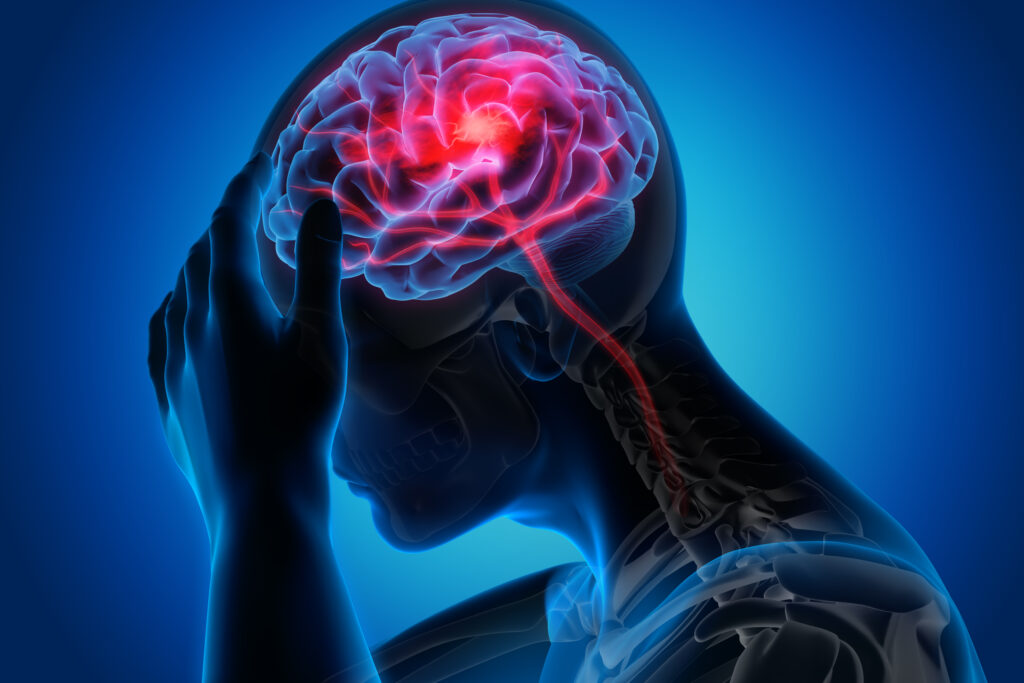
A study published in The Lancet Neurology reveals a troubling stagnation in the progress against stroke burden worldwide, with incidence rates failing to decline significantly since 2015. This analysis of the Global Burden of Disease (GBD) Study 2021 shows that the absolute numbers of strokes, related deaths and disability-adjusted life years (DALYs) have all risen considerably from 1990 to 2021, despite earlier global efforts aimed at reducing stroke mortality
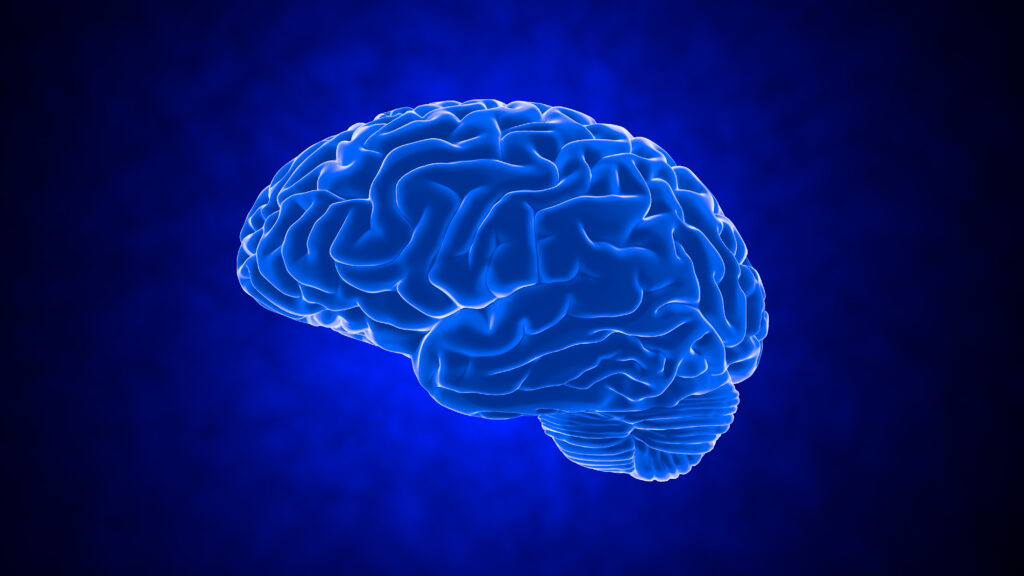
What is the Stroke Action Plan for Europe? Stroke is one of the most enormous burdens to healthcare services.1 Despite our combined efforts, it affects more than one million people annually in Europe. Although we have abundant knowledge regarding stroke ...
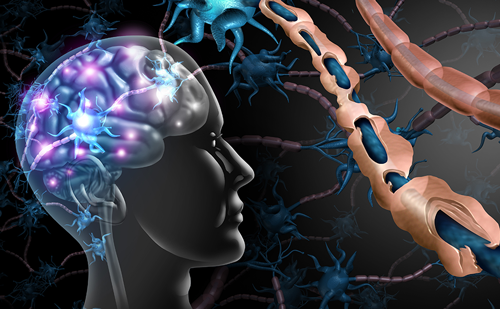
Introduction The term 'stroke' is used to describe an adverse clinical state involving interference of blood circulation to the brain due to obstruction or rupture of blood vessels.1 Stroke was previously categorized into a cardiovascular disorder until the release of ...

The coronavirus disease 2019 (COVID-19) pandemic has led to unprecedented illness and death among the global population. Severe acute respiratory syndrome coronavirus 2 (SARS-CoV-2) infection can range from mild upper respiratory symptoms that subside with no lasting effects to multiorgan system failure ...
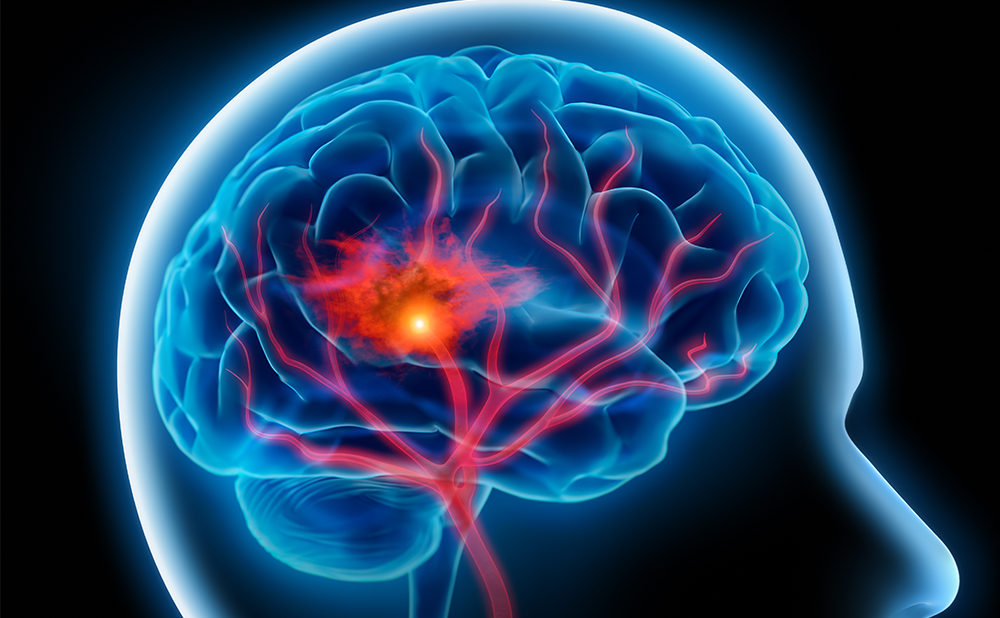
In clinical practice, the definition of penumbra is largely based on neuroimaging and indicates potentially salvageable tissue. Perfusion imaging has been useful in identifying this tissue when obeying ‘the mismatch concept’. The mismatch concept is a surrogate marker for salvageable ...
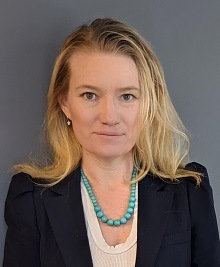
Dr Else Charlotte Sandset, ESO Secretary General and Consultant Neurologist at the Stroke Unit, Department of Neurology, Oslo University Hospital, Norway, provides an overview of some of the high-quality research and scientific advances the stroke community can look forward to at the 8th European Stroke Organisation Conference (ESOC 2022) in Lyon, France and online from 4–6 May 2022.
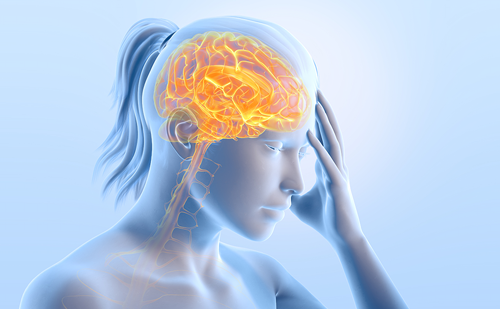
Ischaemic stroke may occur due to several potential mechanisms. Mechanisms are classically described as large artery atherosclerosis, small-vessel occlusion, cardioembolism, stroke of other determined aetiology (i.e. vasculitis, genetic disorder, etc.) and stroke of undetermined aetiology. Historically, the definition of ...
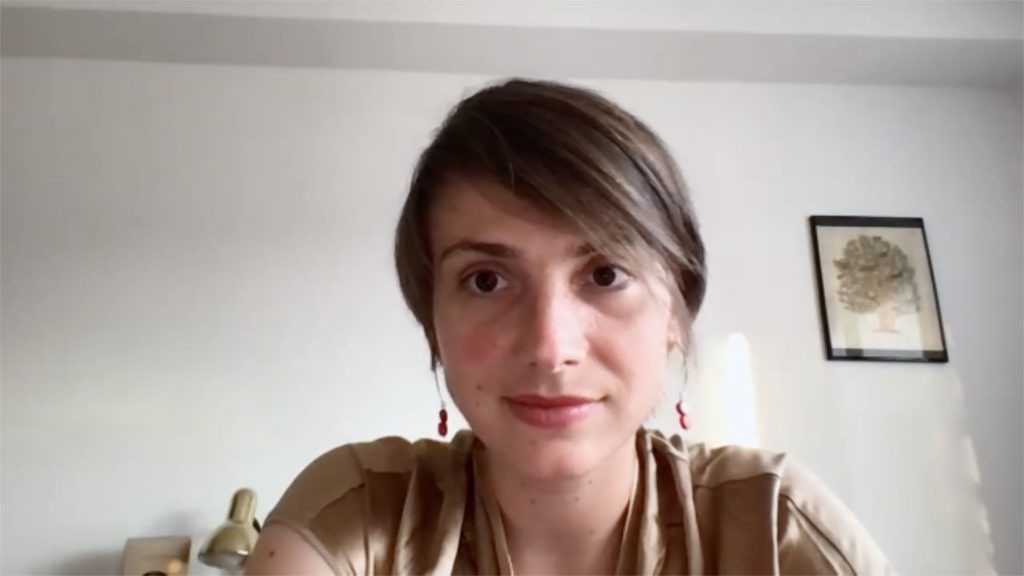
We had the pleasure of meeting up with Dr Johanna Ospel (University Hospital, Basel, Switzerland) to discuss the findings from the ESCAPE-NA1 Trial. The abstract entitled "Predictors and Clinical Impact of Infarct Progression Rate in the ESCAPE-NA1 Trial" was presented ...

Neuropathic pain arises from injury to or disease in the somatosensory nervous system.1 Normal sensation and pain sensation are both impaired and patients may present with peculiar painful characteristics such as allodynia and hyperalgesia.2 Central neuropathic pain includes pain from ...
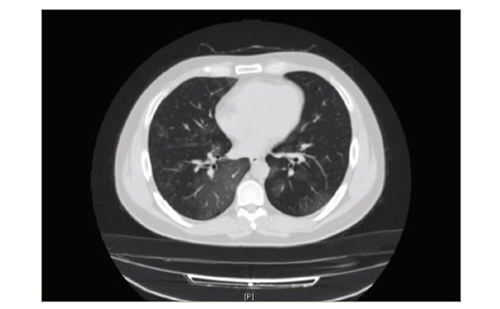
Healthcare workers are currently facing the coronavirus disease 2019 (COVID-19) pandemic and its complications, caused by severe acute respiratory syndrome coronavirus 2 (SARS-CoV-2). Patients usually suffer from respiratory problems and non-specific neurological symptoms, such as headache, dizziness and ataxia, as well as ...
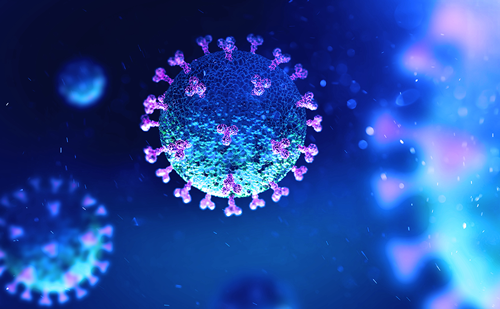
In the past 4 months, a novel coronavirus originating in Wuhan, China, SARS-CoV-2 (severe acute respiratory syndrome coronavirus 2), has affected more than 200 countries. As of mid-June 2020, there are over 7 million confirmed cases and more than 425,888 deaths worldwide caused by the novel ...
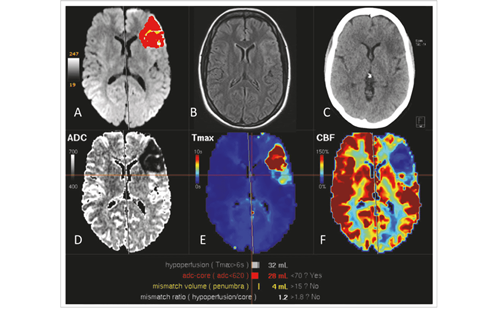
In 2018, two randomised controlled trials, DAWN (the Clinical Mismatch in the Triage of Wake up and Late Presenting Strokes Undergoing Neurointervention with Trevo Thrombectomy Procedure) and DEFUSE 3 (Endovascular Therapy Following Imaging Evaluation for Ischaemic Stroke 3), implemented computed tomography (CT) and ...
Latest articles videos and clinical updates - straight to your inbox
Log into your Touch Account
Earn and track your CME credits on the go, save articles for later, and follow the latest congress coverage.
Register now for FREE Access
Register for free to hear about the latest expert-led education, peer-reviewed articles, conference highlights, and innovative CME activities.
Sign up with an Email
Or use a Social Account.
This Functionality is for
Members Only
Explore the latest in medical education and stay current in your field. Create a free account to track your learning.


